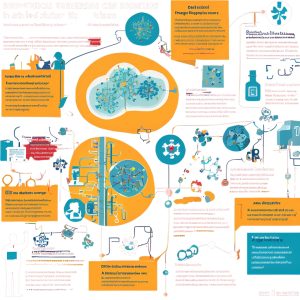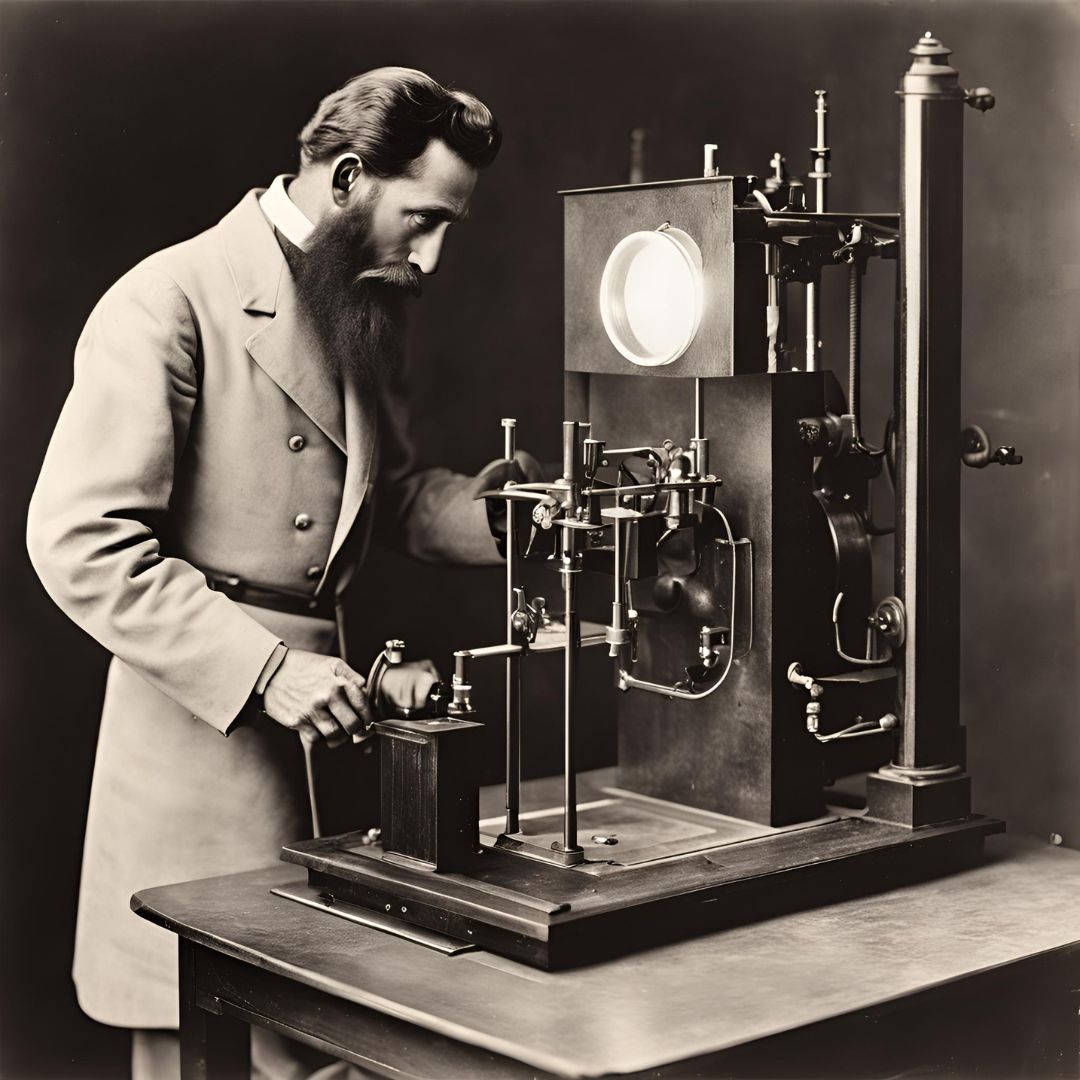How Biomedical Engineering is Pioneering Solutions for Autism
Autism spectrum disorder (ASD) is a condition that affects millions of people worldwide, yet it remains one of the most complex and least understood neurological conditions. I’ve always been fascinated by how technology can intersect with healthcare to solve real-world challenges. When it comes to autism, the potential for biomedical engineering to make a difference is both exciting and profound.
Understanding the Challenges
Autism is unique in that it presents a wide range of symptoms, from communication difficulties to sensory sensitivities. This diversity means that no single solution works for everyone. Biomedical engineering, with its focus on personalized and innovative solutions, is well-suited to address these challenges

The Role of Wearable Technology
One of the most promising areas where biomedical engineering is making an impact is in wearable technology. Devices like smartwatches and sensors are being developed to monitor physiological responses in real time. For individuals with autism, these devices can track stress levels, heart rate, and other vital signs, providing valuable data that can help caregivers and healthcare professionals better understand and respond to their needs.
For example, a child with autism might experience heightened anxiety in certain environments. A wearable device can detect this change early, allowing for timely interventions that can prevent a meltdown or other distressing experiences. These insights are crucial in creating a more supportive environment for those on the spectrum.
Advances in Neuroimaging
Another groundbreaking area is neuroimaging. Advanced imaging techniques like functional MRI (fMRI) and electroencephalography (EEG) are giving us a deeper understanding of how the autistic brain functions. This research is not just academic; it has real-world applications.
By mapping brain activity, we can identify specific areas that may be over- or underactive in individuals with autism. This information can lead to targeted therapies that address these imbalances, potentially improving cognitive and behavioral outcomes. It’s a perfect example of how biomedical engineering is bridging the gap between diagnosis and treatment.

Developing Communication Tools
Communication is often one of the most significant challenges for individuals with autism. Biomedical engineers are developing innovative tools to help bridge this gap. Augmentative and alternative communication (AAC) devices, for instance, are designed to assist non-verbal individuals in expressing themselves.
These devices can range from simple picture boards to sophisticated speech-generating devices that use artificial intelligence to adapt to the user’s communication style. By making communication more accessible, these tools empower individuals with autism to interact more freely with the world around them.

Personalized Medicine and Autism
Perhaps one of the most exciting developments is in the field of personalized medicine. Biomedical engineering is at the forefront of creating customized treatment plans based on an individual’s unique genetic and neurological profile. For those with autism, this means therapies tailored to their specific needs, rather than a one-size-fits-all approach
For example, researchers are exploring how gene therapy could potentially correct underlying genetic anomalies associated with autism. While still in the early stages, this research holds the promise of targeted treatments that could significantly improve quality of life.
Looking to the Future
The intersection of biomedical engineering and autism research is a rapidly evolving field. As we continue to make strides in technology and our understanding of the human brain, the potential to create meaningful solutions for individuals with autism grows. It’s a journey that requires collaboration, innovation, and a deep commitment to improving lives.
For me, this work is more than just a professional pursuit; it’s a personal mission. I believe that everyone deserves the opportunity to reach their full potential, and through the power of biomedical engineering, we’re getting closer to making that a reality for those with autism.

Final Thoughts
As I explore these pioneering solutions, it’s essential to remember that at the heart of every technological advancement is a person—a child, a friend, a loved one. Biomedical engineering is not just about creating devices or treatments; it’s about enhancing lives, fostering understanding, and building a future where everyone has the opportunity to thrive.
I’m excited to continue sharing these advancements with you on Biomedical Diary, and I invite you to join me as we explore how biomedical engineering is making a difference in the world of autism and beyond.






